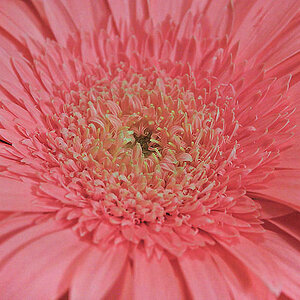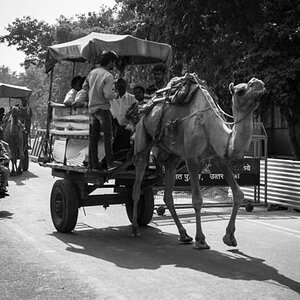Fideicrux
TPF Noob!
- Joined
- Aug 31, 2017
- Messages
- 6
- Reaction score
- 0
- Can others edit my Photos
- Photos NOT OK to edit
I'm trying to improve my photographing of night sports. I use a d7100 (just bought a d7200) with a Tamron 70-200 2.8 (a009).
I was wondering if there are some tips anyone could provide.
I enclosed a photo to show an issue I am dealing with (learning to overcome). These two pictures were taken back to back. Nothing changed between the two, no settings, they were taken @6 fps. I'm trying to figure out why the color/exposure difference, and how to correct this for the future (is this post processing only?) Nothing has been changed in the photo's, straight NEF imports.
I was wondering if there are some tips anyone could provide.
I enclosed a photo to show an issue I am dealing with (learning to overcome). These two pictures were taken back to back. Nothing changed between the two, no settings, they were taken @6 fps. I'm trying to figure out why the color/exposure difference, and how to correct this for the future (is this post processing only?) Nothing has been changed in the photo's, straight NEF imports.





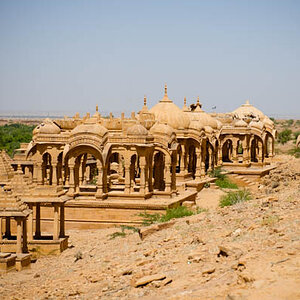
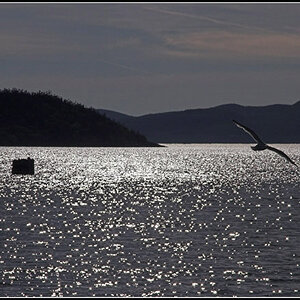
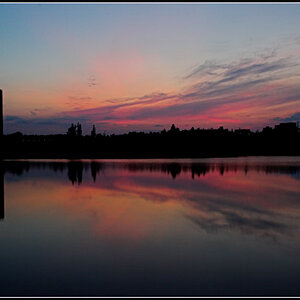
![[No title]](/data/xfmg/thumbnail/40/40287-4f839095000f74d779b90ed75df9dc62.jpg?1619739408)
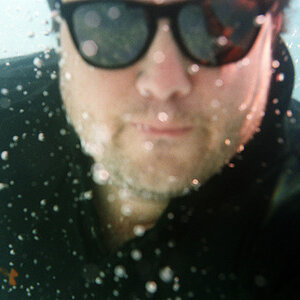
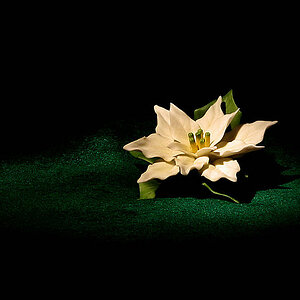
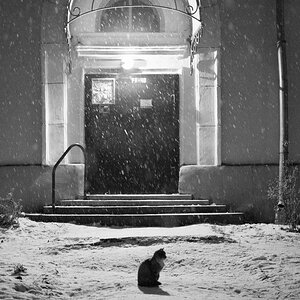
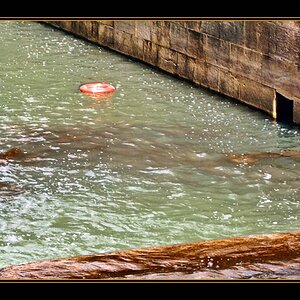
![[No title]](/data/xfmg/thumbnail/33/33023-51777cffdd160249e68e593d19942418.jpg?1619735835)
